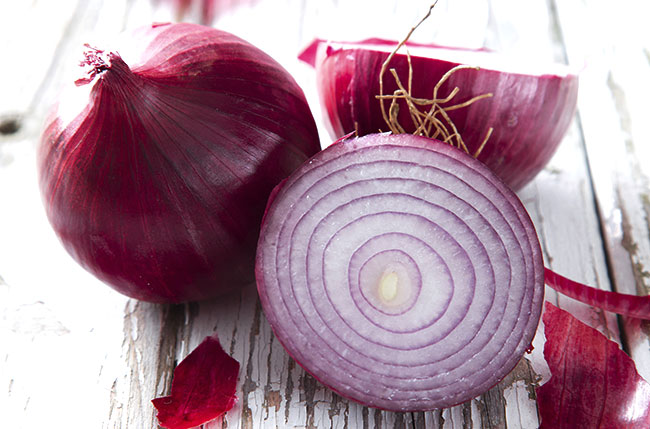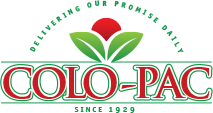
The allium family contains several hundred species, and it includes all varieties of onions, shallots, garlic, and leeks. Bulb onions are one of the most used members of that family. Onions were used in prehistoric times in central Asia, where it is believed that bulb onions originated. They can be found on artifacts from Bronze Age Palestine, where they were likely first domesticated and cultivated. Onions were venerated in ancient Egypt and because of the vegetable’s many layers and circular shape it was thought to symbolize eternal life. Recent studies have found that onions were used in the mummification process along with the various other items used to embalm the body. In Roman times, onions were such an important food item that people could pay their rent in onions rather than money. The Romans called onions unio, a word meaning a singular pearl. Unio evolved into the French oignon. Following the Norman conquest of England, oignon entered the English language as onion. The onion was already well known to the English prior to this, but was known by its Old English names, ynne and cipe. Onions, along with beans and cabbage were the staple vegetables of the medieval European diet. In the age of exploration, European explorers brought onions with them when they came to the Americas, but found that the indigenous people had been using varieties of wild onions they had domesticated. Due to this discovery it is thought that onions were one of the first vegetables domesticated and cultivated worldwide. Today, onions are found in every cuisine around the world. There are three main varieties of bulb onion, red (called purple in some countries) yellow, and white. Yellow onions are strong, with a deep, full flavor and are typically cooked before use. White onions are milder in flavor, and red onions are the mildest.
Since onions have been used for millennia by people around the world, a wide variety of applications exist for the humble vegetable. The best way to use an onion is often based on the color of it. Yellow onions are typically cooked to help tame their strong flavor. When they’re cooked, yellow onions become sweet, tangy and soft. White onions are used both raw and cooked. When using raw white onion, it is best to use them with flavors that can cut through the strong onion flavor, such as hot peppers and citrus. Red onions are great when raw because of their sweet, mild flavor and delicate, crunchy texture. Cooking with onions is a great way to add lots of flavor to nearly any dish, from breakfast to dinner. Add diced white onions to an omelet to add a punch of flavor and a fresh crunch, or add them to huevos rancheros as a tasty compliment to the spicy flavors. Slices of the sweet and tangy red onion are a tasty addition to any sandwich. Caramelized yellow onions are exceptionally good on steak or as an accompaniment for any kind of meat. The sweetness of caramelized onions is a wonderful addition to any savory dish; it perfectly complements the fatty and salty foods. To caramelize an onion, begin with a fresh yellow onion—yellow works the best for this purpose, other colors of onion won’t get as sweet. Peel the onion and cut in half from top to bottom. Then, thinly slice the onion. Heat olive oil or butter (about one teaspoon per onion) in the pan over medium heat. Add the onions to the pan and salt them lightly. Cook for at least thirty minutes, or until the onions turn a very deep brown. It may take well over an hour, especially if the onions are thickly cut. Don’t be impatient with the process and turn up the heat though. Cooking onions too hot will make them bitter and ruin their texture. French onion soup is a traditional French soup featuring slices of rustic, crusty bread, gruyere or Fontina cheese, plenty of herbs and spices, and of course lots of onions all in a rich beef broth.
Fresh onions are firm to the touch and free of strong odors. A fresh onion will not feel dry and brittle, but slightly moist. You should store onions in a cool, dry place. Because the onion’s scent can spoil other foods in the refrigerator, they should not be stored there. Onions will stay fresh for over two weeks. Cut onions should be refrigerated in a sealed container, where they will remain usable for about a week. Try to cut onions as soon to cooking time as possible. The longer cut onions are exposed to air, the more pungent and less flavorful they become. When cooking onions, be sure to cook them low and slow, as high heat can cause them to burn and become bitter. Always wash fresh onions before preparing them.


 BACK TO PRODUCTS
BACK TO PRODUCTS